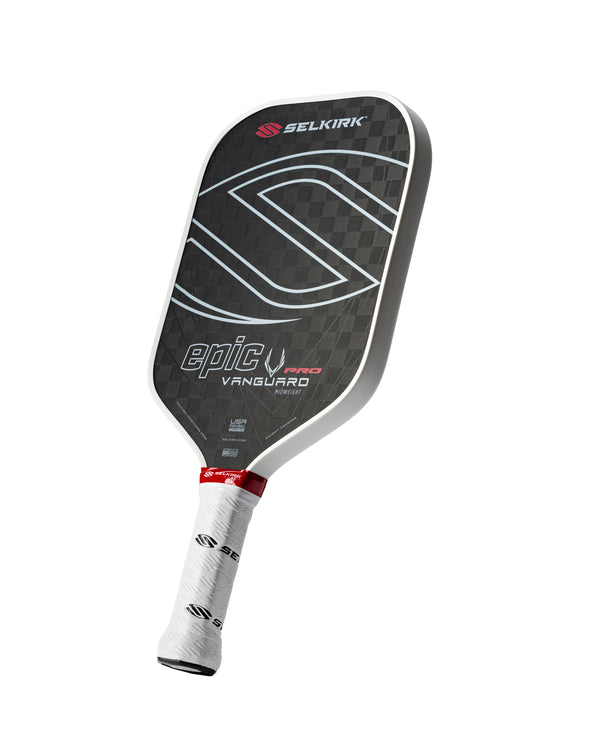In the newest SelkirkTV instructional series, opens in a new tab, professional pickleball official Maddie Toren breaks down the 10 rules that all beginner pickleball players should know.
Follow the 10-video installment to learn all the rules and regulations every beginner needs to know before stepping onto the court.
In the premier video, Maddie highlights the two types of serves and how to ensure your service is legal.
Volley serve requirements
A pickleball volley serve is one in which the player strikes the ball out of the air. There are three service motions that are required to perform a legal volley serve.
- The server’s arm must be moving in an upward arc at the time the ball is struck. The arc may be made with either a forehand or backhand motion.
- The highest point of the paddle head must not be above the highest part of the wrist where the wrist joint bends when the paddle strikes the ball.
- Contact with the ball must not be made above the waist.
Drop serve requirements
A pickleball drop serve is one in which the player strikes the ball after it bounces. There are three rules to remember when performing a drop serve.
- Servers must release the ball from one of their hands or paddle face from any height and hit it after it bounces.
- There are no restrictions on how many times the ball can bounce nor where the ball can bounce on the playing surface before it is hit.
- The ball shall not be propelled or thrown downward, nor tossed or hit upward with the paddle. It can be struck with either a forehand or backhand motion
2023 serve rule update
As of 2023, manipulating the ball to add spin during the release of the ball is not allowed. Some natural rotation of the ball when released is allowable, but the server must not impart manipulation or spin prior to striking the ball to serve. This rule applies to both types of service.
Be sure to follow along for each new installment of the series. Download the Selkirk TV app HERE, opens in a new tab to watch other Selkirk TV original shows, podcasts, lesson series from the pros, and much more.




















